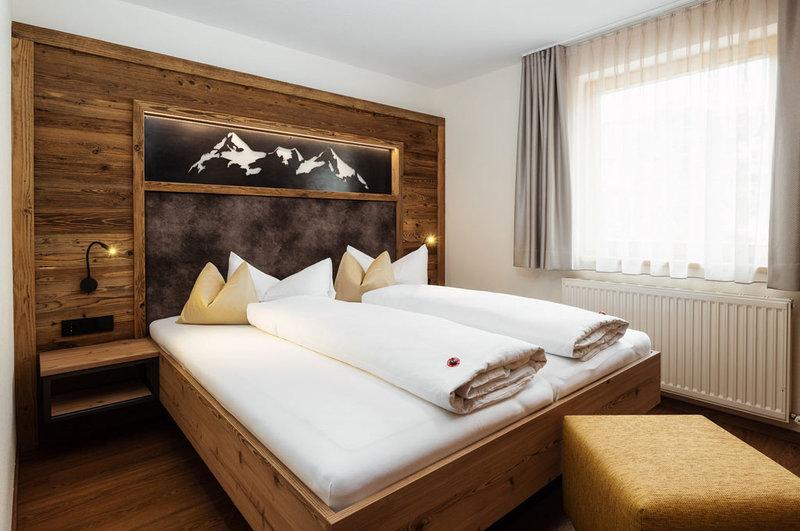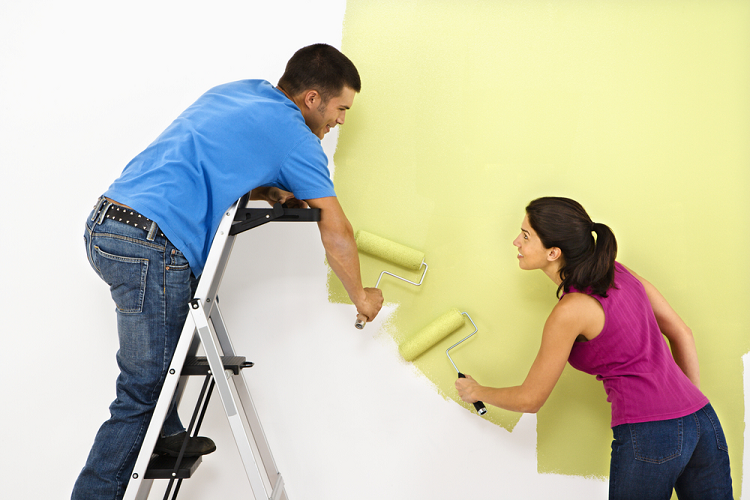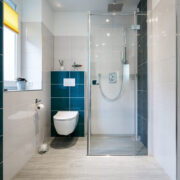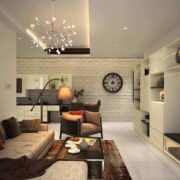
As the world begins to slowly open back up following the health crisis, there is a significant residual focus on the importance of home spaces. Over the course of a year, our homes have become sanctuaries for our wellbeing. This has occurred alongside the need for many to also establish a home office too, which has, for a number of reasons, exaggerated the need for the remaining personal space within our homes to feel more relaxing and separate from the stressors of everyday life.
If you are one of the many homeowners rethinking their property, looking at new ways and interior designs that will boost a sense of happiness, then know that you are not alone. This year, there is a widespread focus on designing a comfortable home, one that helps us to relax, and promotes our wellbeing. Here are six of the most popular ways to begin.
Colour
It is well-known that colour has great power over our moods. And, yet, many people are hesitant to incorporate it into their homes, preferring to maintain supposedly safer colours, such as off-white. While echoing your personality with coloured walls and embracing those shades that help you to feel relaxed, improving your wellness with colours doesn’t have to be a total renovation. Instead, choose a single wall as a statement piece, or simply decorate with calming, colourful furniture pieces.
Light
Brightness can help a room to feel more spacious while dimness has the potential for cosiness. When considering the room you’re going to be relaxing in, think about exactly what type of light will benefit your mood. If there is a way to encourage a greater amount of natural light, then be sure to do so as it is not only is natural light an energy-efficient way of illuminating a room but also helps to better regulate your sleep hygiene.
Nature
If you are fortunate enough to have an outdoor space, you have an extensive amount of possibilities. Many find wellbeing in arranging their garden, using it to cultivate plants or to grow their own food. However, this patch of natural space can be dedicated solely to relaxation and wellbeing, which is why garden buildings like log cabins are becoming more popular each year.
Clutter
They say a tidy home helps a tidy mind, which is true. More than keeping on top of your clutter, however, is the importance of designing a home that prevents clutter from appearing in the first place. Conspicuous storage, such as those tucked beneath beds or stairs, are brilliant for developing tidy habits. Then, to keep on top of smaller more frequently used items, consider baskets or modular wall storage, which can be very useful for children’s rooms.
Comfort
Blankets, cushions, and throws. Surrounding yourself with soft materials, those that allow you to stay warm, is fundamental for a relaxing home. These textile items should be abundant within your relaxing spaces so that, whether you are practising yoga on a soft rug or keeping yourself wrapped up on a chilly evening, you will always have the luxury you need.
Aromas
As humans, we quickly adapt to scents, which can lead us to forget just how much impact they have upon our minds. Adding automated fragrances or regularly exchanging scented candles and flowers can help to keep your home full of fresh aromas, improving your wellness.







